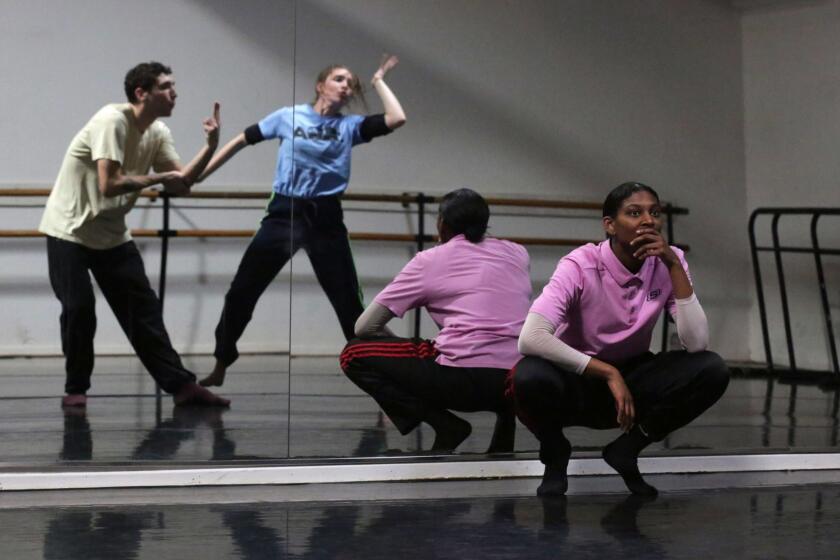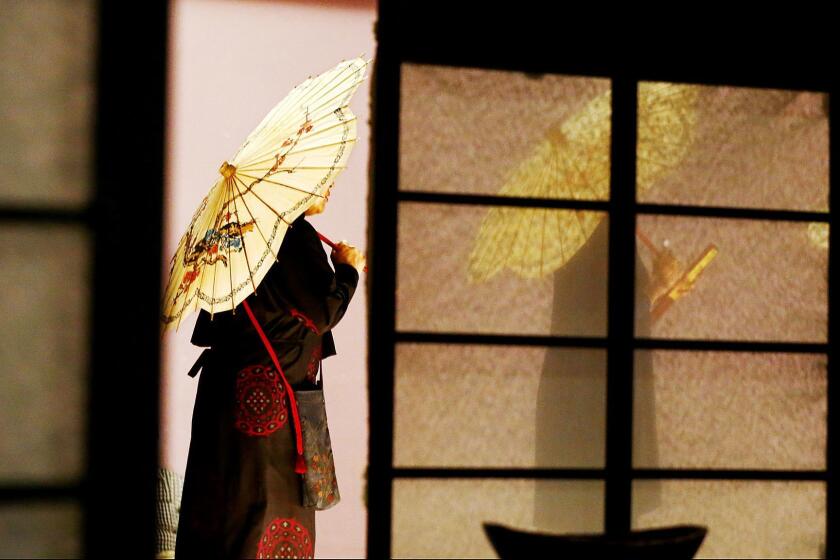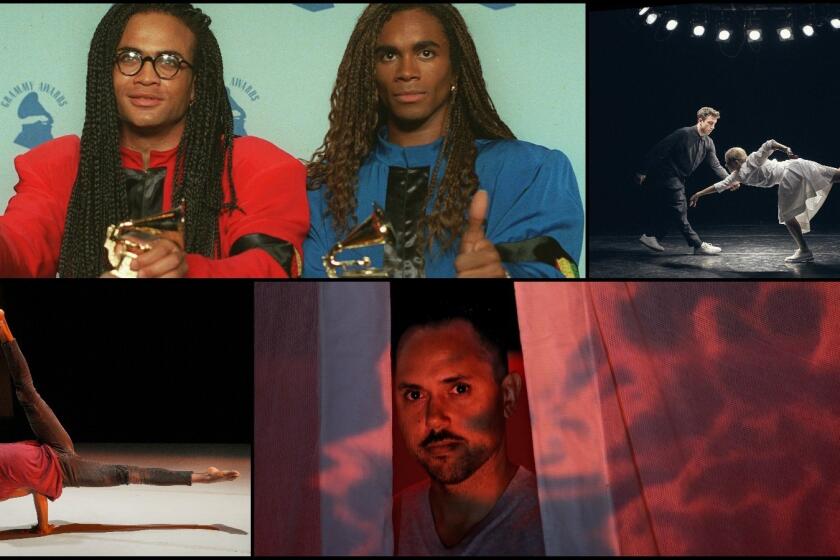How Micaela Taylor turned pandemic stillness into a creative explosion at the Wallis
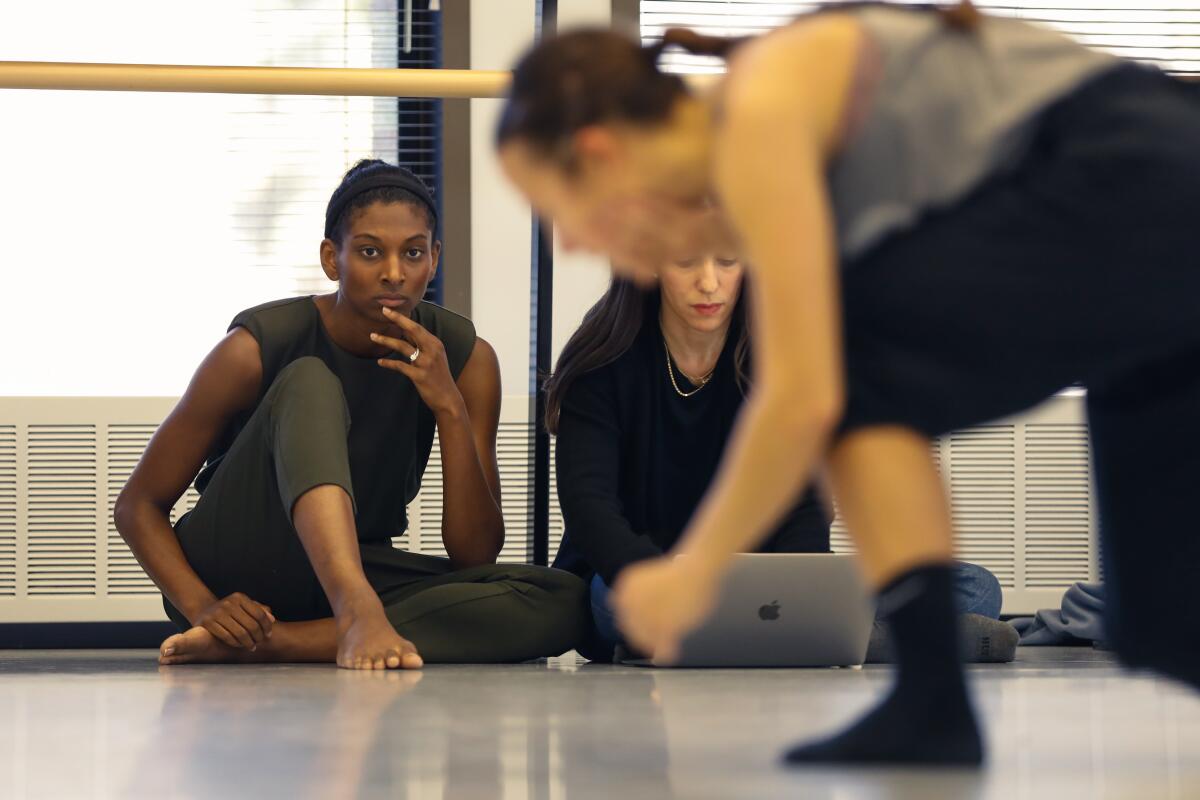
Choreographer Micaela Taylor sits on the marley floor next to Bodytraffic Artistic Director Tina Finkelman Berkett, watching as company dancers perform Taylorâs new work, âLove.Lost.Fly,â during rehearsal in Koreatown this week. Dancersâ quick, sharp movements clash against one another, embodying the tensions between worlds in a piece loosely based on Pucciniâs âMadama Butterfly.â
One moment they swing their heads back with mouths wide open in painful frustration, while another moment is nearly silent as Jordyn Santiago continues moving around still dancers â the only score to her performance being her breath. As she suddenly returns to the ensemble, everything erupts again â bodies flying into one another in continuous movement.
Tears swell in Taylorâs eyes as she witnesses her ideas come together in front of her.
âSeeing the finished work, going through the process, going through the ups and downs questioning, âOh, my gosh, will this be received? Will this even come to life?â and seeing all of those moving pieces coming together at the end and saying, âWowâ â thatâs really great for me,â Taylor says.
âLove.Lost.Flyâ is set to premiere Friday at the Wallis Annenberg Center for the Performing Arts in Beverly Hills alongside the West Coast premiere of Baye & Asaâs âThe One to Stay Withâ and Matthew Neenanâs âA Million Voices.â Although Taylor is not new to Los Angeles â or the world stage â her latest collaboration with Bodytraffic is her first as a resident choreographer with an international dance company.
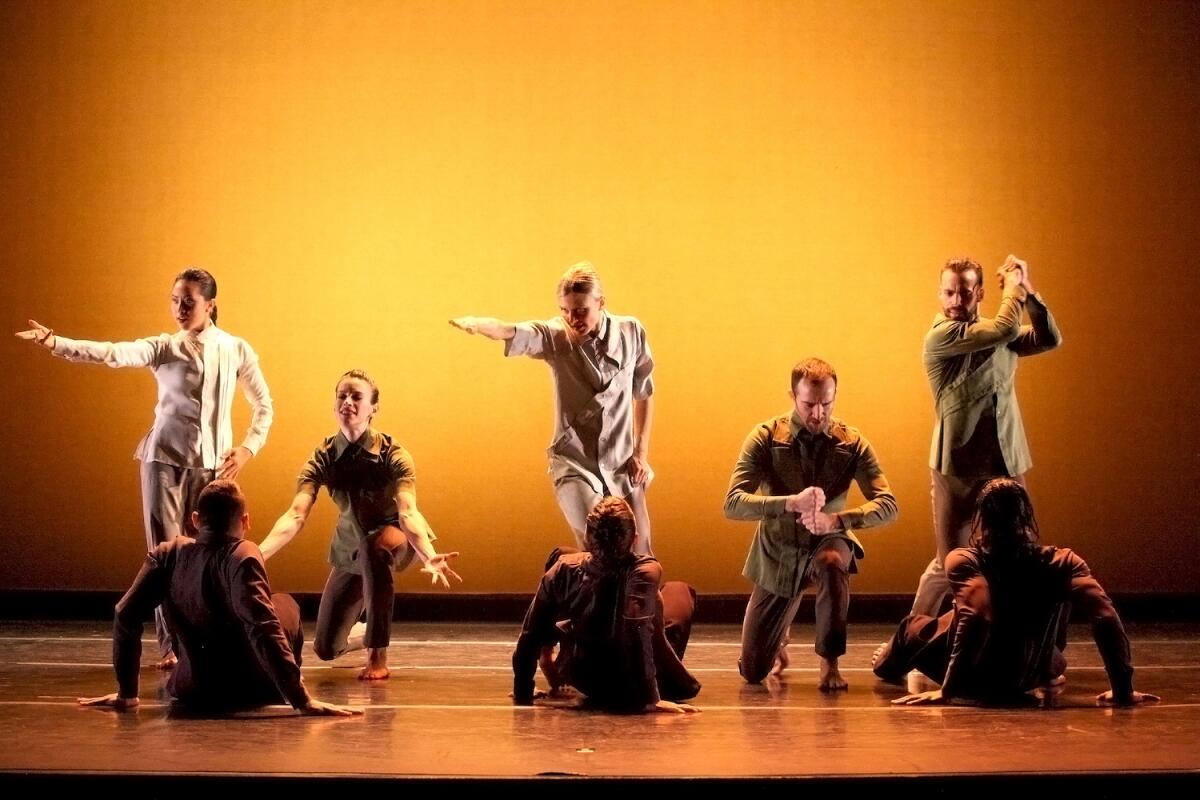
âBeing a resident choreographer gives you time, a luxury for choreographers because we often donât have a lot of time,â Taylor says.
When sheâs typically stepping into a project, she has only three weeks. The time she has in this yearlong residency, which started in March, provides space to explore narrative and bring along the lessons that she has learned over the pandemic to grow artistically with the company.
The luxury of time is what Berkett aimed to create with the residency.
âIn this recovery pandemic time, Iâve realized with so much clarity that Iâm really committed to lifting up the next voices,â Berkett says of Taylor, âand she deserves for her work to be seen all around the world,â
Micaela Taylor thought the accolades might come by the time she was 30.
Bodytraffic commissioned Taylor to create âSNAP,â which premiered in 2019 and became part of the companyâs repertory. After witnessing Taylorâs work as a dancer with the company and later as a choreographer over the years, Berkett sought to provide her the space to play and ânot feel pressure, besides making great dance.â
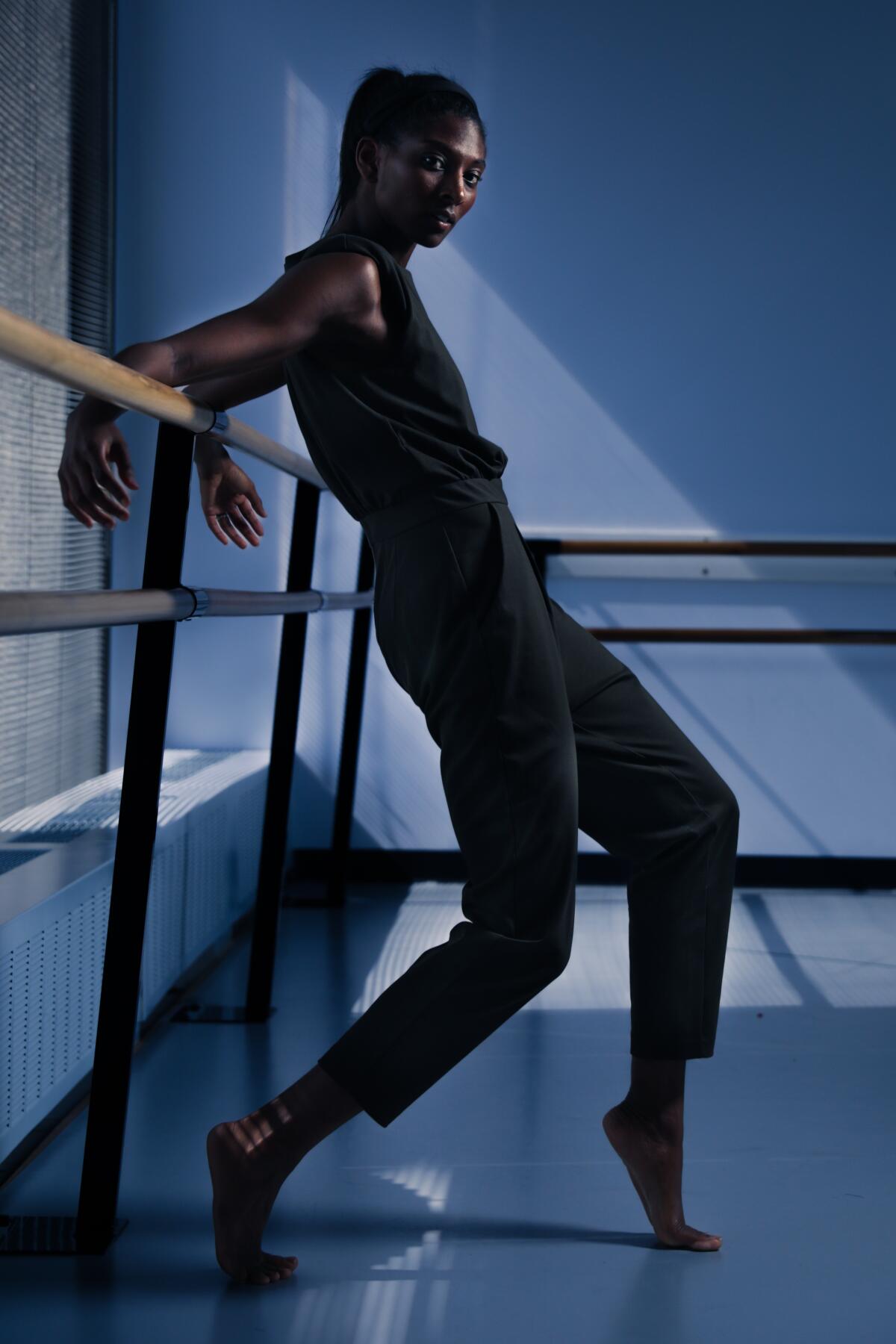
Taylor has made use of the opportunity by developing an almost half-hour piece that pulls from âMadama Butterflyâ and its story of Cio-Cio San, a Japanese girl who tragically falls in love with an American lieutenant.
âI was drawn to that cultural difference in how two different people from different worlds come together,â Taylor says.
Taylorâs previous work pulled from personal experiences for narrative, but for the first time sheâs conducting extensive research on a historical piece of art to create something new.
Throughout the rehearsal process, Taylor says, dancers would come to her with their own discoveries and questions that she hadnât thought of before. âI had to go deeper than what I would before or in another environment,â she says.
Ah, âMadama Butterfly,â Pucciniâs classic operatic tale about a Japanese geisha and an American Navy lieutenant who meet in Nagasaki and fall in love as they sing to each other ââ in Italian.
The show has also expanded Taylorâs creativity into the realm of production. When dancers tried on costumes designed by Lori Lee and constructed by Shawna Hanto, Taylor dissected the color palettes and shapes, noting what worked and what needed tweaking.
âItâs something that I think is vital as a choreographer, especially for stage, that you really do have to not just think about the movement, you have to think of every moving part,â she says.
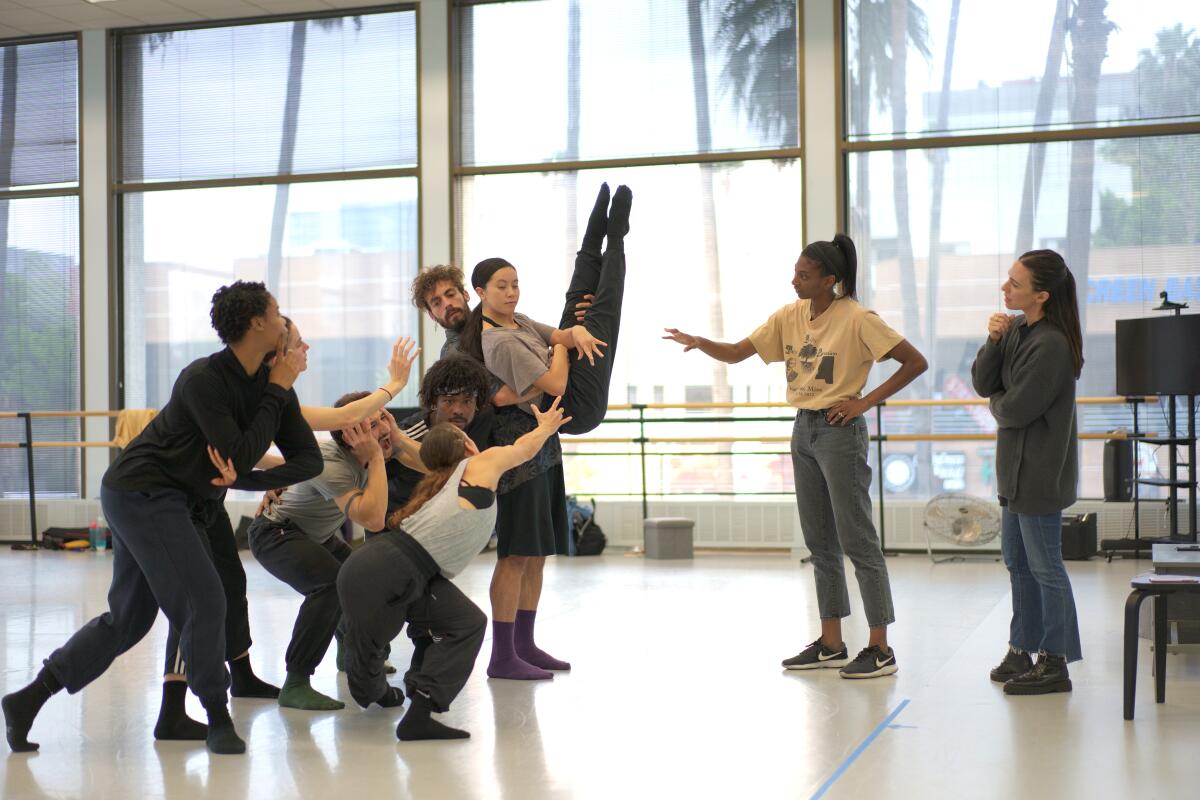
Beyond her movement, Taylor has found clarity in creating a narrative onstage through âLove.Lost.Fly.â Her movement language is poignant and recognizable. She describes her movement as contemporary pop, pulling from contemporary dance technique and isolated details of hip-hop. Now that sheâs established her language, sheâs focused on what she has to say with it.
Since speaking with the Los Angeles Times in March 2019, Taylor, like other artists around the world, had to navigate a pandemic that halted or postponed plans. During the time of stillness, sheâs been able to âstretchâ as an artist by being flexible with how she performed and taught, she says. For example, teaching over Zoom forced her to find a deeper purpose in movement that was restricted to an onscreen box.
While she continued to create work with the dance company she started in 2016, the TL Collective, she began to pivot to film, something sheâs always aspired to explore. She choreographed the dance film âToughskinâ with the TL Collective in August 2020, was commissioned by the Getty Museum to create the film âPORTRAITâ and is working on a film called âMisfitâ that is in postproduction and incorporates dialogue alongside her movement.
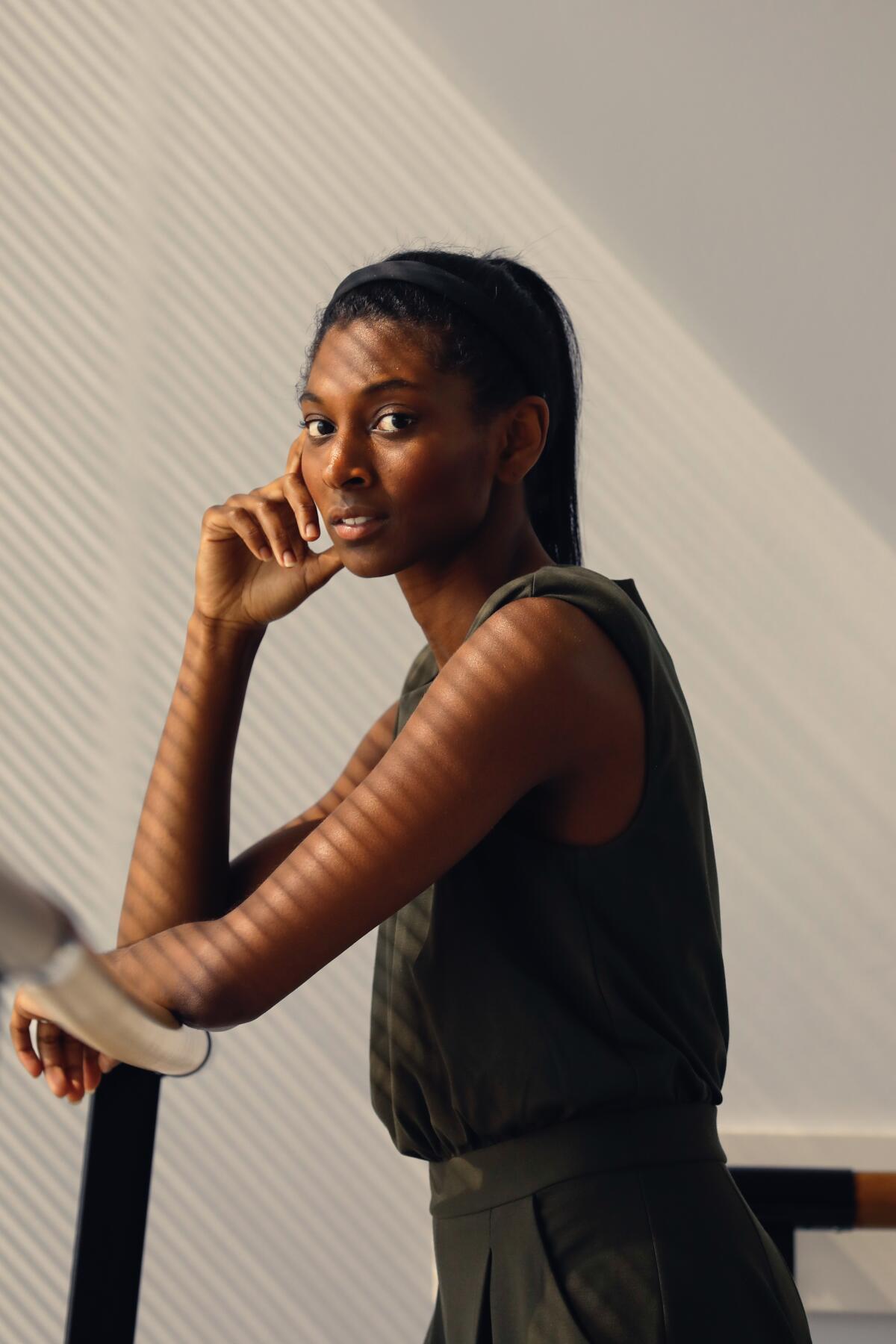
âThis time has really allowed me to step into not only choreographing in a different setting, or a different medium, but also expand my creativity with writing and acting,â she says.
In 2019, Taylor thought sheâd put all her energy into the TL Collective, touring the company and making its name known. Although sheâs been able to accomplish just that, she also found value in freelancing and choreographing across the world with companies like Rambert Dance Company in London and Carlos Acostaâs Acosta Danza in Cuba.
âIâm meeting dancers from all over the world that just bring so much richness to the work but also to my creative eye,â she says.
Artist Edgar Arceneaux has been holed up in the community room of the Ford Theatres in Hollywood, finishing his second musical performance piece, âBoney Manilli.â
Taylorâs residency with Bodytraffic has done the same, allowing her to explore her movement language by focusing on narrative.
Berkett says she wants Bodytraffic be like Taylorâs home. âItâs the place where she came up, itâs the place where she makes work, itâs the place where she gets support to carry out these big ideas,â she says. And in an ideal world, she hopes to have an evening-length show of Taylorâs work that shows her artistic growth as Berkett witnessed it.
Until those plans come to fruition, Taylor is premiering âLove.Lost.Flyâ and then venturing to a commission from NDT 2, a dance company based in the Netherlands. With each creation, Taylor is driven by the strength of her storytelling that sheâs been able to sharpen with Bodytraffic.
âMaybe they donât get fully the story that I was thinking of in my head, but they get a story and they connect to parts that I didnât even think of,â she says. âThat is really rewarding to connect with people and know that youâre having some sort of impact.â
Bodytraffic at the Wallis
Where: Bram Goldsmith Theater at the Wallis Annenberg Center for the Performing Arts, 9390 N. Santa Monica Blvd, Beverly Hills
When: 7:30 p.m. Friday and 2 and 7:30 p.m. Saturday
Tickets: $39 to $99
Info: (310) 746-4000 or thewallis.org/BT
Running time: 1 hour, 40 minutes, including a 20-minute intermission
More to Read
The biggest entertainment stories
Get our big stories about Hollywood, film, television, music, arts, culture and more right in your inbox as soon as they publish.
You may occasionally receive promotional content from the Los Angeles Times.
